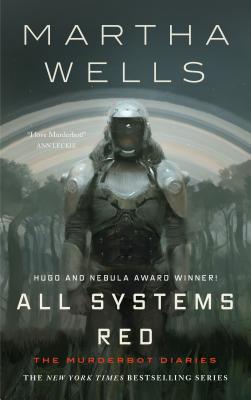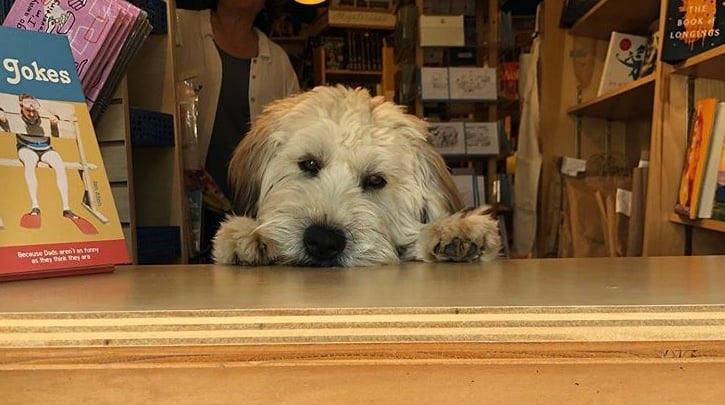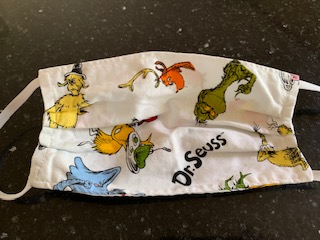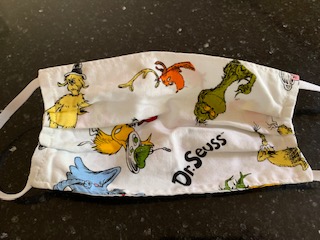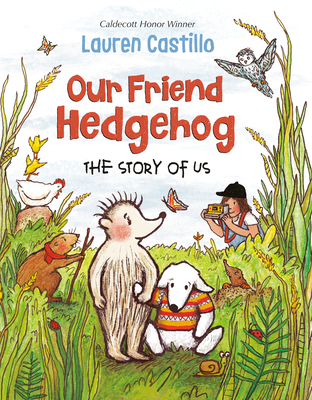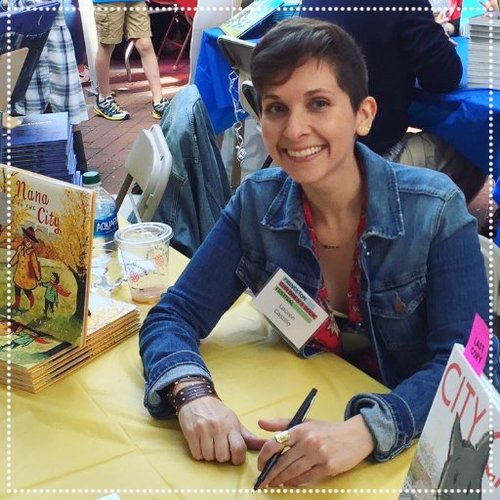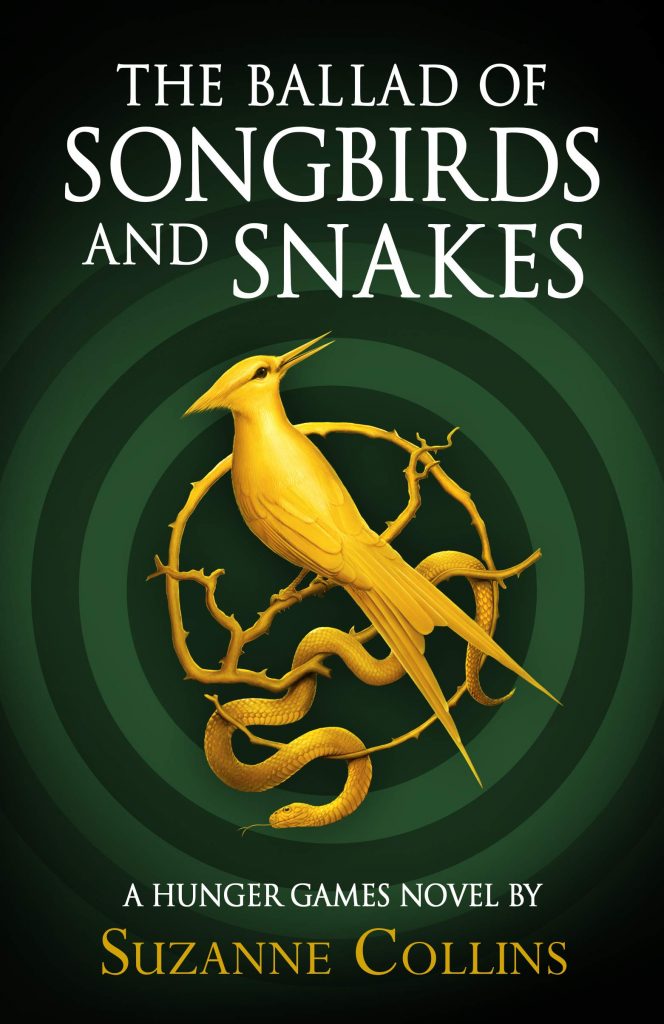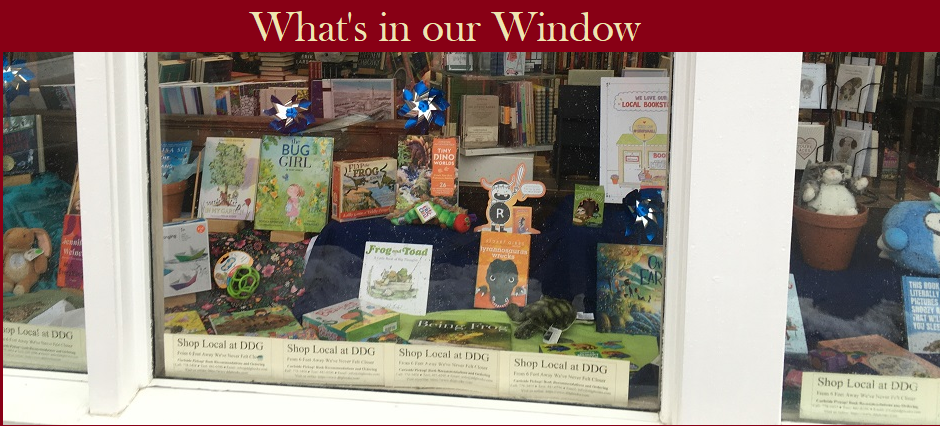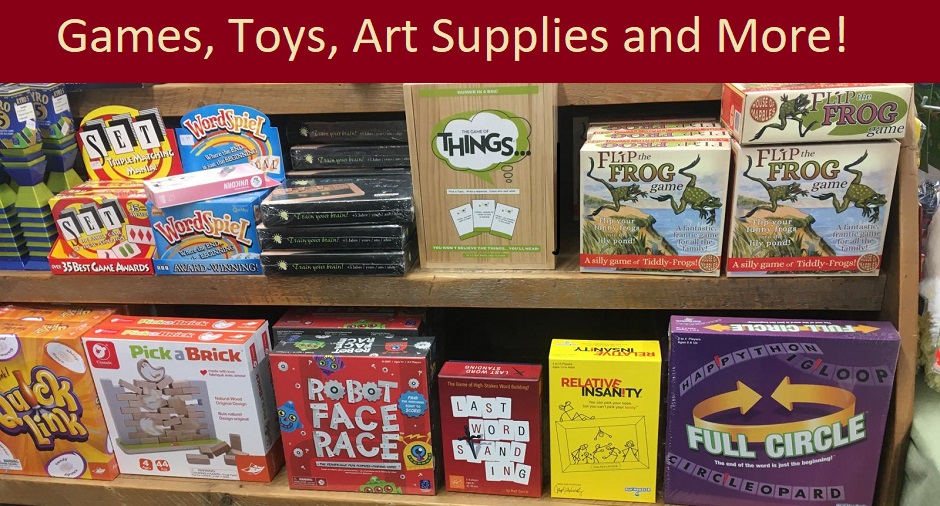An unhappy irony of the last few months has been that I have been too busy and tired with the bookstore to have time to read. The one book I chose to keep me company was the third and final volume of S.A. Chakraborty’s Daevabad trilogy, Empire of Gold, being published as adult on June 30, though I declare it to be a YA crossover.
It was a boon companion. To be conveyed back to the world of City of Brass and Kingdom of Copper, to a fantastical and beguiling world with indelible characters, wily plot shifts, and powerfully resonating dangers and struggles of the heart, mind and body, was a brief nightly respite I valued exceedingly. I was loathe to leave its pages.
Empire of Gold is a triumphant conclusion by any standard. It both transports to a magnificently constructed other world, and edifies with deep relevance to our own time and place. Pestilence, racism, autocratic tyranny, systemic abuse of power, all are powerfully explored in this taut and intricate narrative. Its combination of timelessness and contemporaneity, of the magical and the mordant, make it a book peculiarly welcome during these hard days we are living through.
I asked the author to share a few thoughts on her work with us and she graciously held forth.
Kenny: Manizeh’s fate raises powerful issues of accountability and nature vs. nurture. Does the sense that she would have been very different in a different world lessen her accountability?
S.A.: I don’t believe the “what-ifs” lessen her accountability. With the Daevabad Trilogy, I wanted to show how otherwise “good” people could be driven to commit horrible acts, along with the ways they might justify such acts to themselves and others—but without ever making them seem acceptable to the reader. There’s room to see tragedy in Manizheh’s fate, in wondering what other life she might have lived, and be emotionally moved by those possibilities while still recognizing the evil she’s done. Especially because we have other characters who’ve suffered just as much but chosen not to inflict more harm. I think in science fiction and fantasy, we sometimes have the dangerous tendency to make the idea of committing “a lesser evil for a greater good” a trait of a wise leader. It’s not. That’s the trait of the kind of leader who strips away freedom of expression or continues the oppression of the marginalized and then tries to justify it as “peace” or “security.”
Kenny: There is a pronounced difference between the idea of faith and the idea of worship in your books. Can you discuss that? How do creatures such as Sobek, the peris and the ifrit fit in?
S.A.: Religion is a fascinating part of human culture, and the interplay of personal faith alongside—and sometimes in opposition to—organized ritual and its associated societal presence is something I wanted to explore in the books. So we have someone like Ali who is deeply, truly devout in a way that drives him to rebel against his family and society, whereas Nahri initially struggles to connect to the faith and rituals of her people until she finds meaning in the very importance and strength that faith gives to her people. There’s also religion as a communal experience and identity marker, one that proves as divisive as it does unifying.
Creatures like the peris and ifrit are a rich part of the folklore of the Islamicate world, but they also have roots and parallels in earlier traditions and religions (as does Sobek). And this was something I felt personally important to show. I’m a practicing Muslim myself, but I think recognizing the diversity and richness of the stories that came before is important, and in The Empire of Gold, I wanted to show Ali wrestling with and then coming to peace with such a history.
Kenny: Tolkien once observed that “I cordially dislike allegory in all its manifestations, and always have done so since I grew old and wary enough to detect its presence. I much prefer history – true or feigned– with its varied applicability to the thought and experience of readers. I think that many confuse applicability with allegory, but the one resides in the freedom of the reader, and the other in the purposed domination of the author.” Your story closely considers the tension between freedom and purposed domination. How do you see those same issues reflected in the author reader relationship?
S.A.: My head and my heart would probably answer in very different ways! The Daevabad Trilogy was not only a very personal story—one I began as a project for my eyes only—they were the first books I ever wrote, as well as published. Seeing them read and interpreted in a thousand different ways has been an emotional rollercoaster, one I’m privileged and honored to ride, but one that takes me very quickly from “yes, that’s exactly what I meant!” to “how could the reader possibly think that?”
And that itself has been its own learning experience. There were certain parts of the story I meant as a narrow allegory and certain parts I meant as a broader theme. But at the end of the day, it almost doesn’t matter. The book is done, out in the world, and there’s no more editing. Of course, readers are going to read through their own life experience; that’s their right. And as I’ve gone further into this journey, I find myself more and more a proponent of “death of the author,” both for readers to have the freedom they deserve to interpret and critique a work, but frankly for the author as well. There’s a peace in accepting that a book is done and moving on to new worlds and new stories with everything you’ve learned along the way.
Kenny: The Daevabad Trilogy contains a love triangle for the ages. Did you always have that charted out or was it an internally dynamic element in your story creation?
S.A.: I didn’t have it charted out; in fact, I’m still not certain I would call it a love triangle! I believe love triangles can be a clever and emotionally evocative storytelling device, but I am also wary of calling any story that involves a woman being attracted to more than one person a love triangle. With the Daevabad Trilogy, I wanted to center the romance from Nahri’s point of view and explore the different ways love, attraction, and passion might weave in and out of her life throughout a period of years. And I wanted it to feel as real, nuanced and messy as love often does in real life. What is it like to have her first crush? To learn how to trust? To be betrayed? To have to navigate a political marriage? How would all this work in terms of her own agency and desire rather than prioritizing the feelings of male characters? And I wanted the story to reflect how Nahri herself felt about love: that it could be a sentiment not to be trusted, a distraction. That in the end, there were other things she desired just as much, if not more.
Kenny: Do you see your trilogy as a crossover? I certainly do. I can’t imagine anyone who can engage with it not being the richer regardless of age.
S.A.:
I
do see it as a crossover. While I started writing it in my twenties
and suspect it has a particular resonance for that group, many of the
things it grapples with such as family, faith, and finding one’s
place in an unjust world are subjects that don’t have an age limit.
And when it comes to the history of storytelling, I think more works
than not appeal to a wide audience. Part of the delight of reading is
expanding our horizons and certainly that applies to age.
Kenny: How did you balance the literary and actual histories surrounding the Abbasid caliphate both of which inform your work?
S.A.: Fairly easily—although it wasn’t only histories of the Abbasid caliphate. I wanted the Daevabad Trilogy to feel like an homage to a broad, global Islamicate world of the past, and so I used both literary and actual histories as inspiration. Much of the folklore, storytelling tropes, and magical worldbuilding is inspired by literature and folktales—the creativity of which I don’t think many modern writers can beat! In terms of actual history, it was a mix of larger themes and smaller “Easter eggs.” Aspects of Ali and Muntadhir’s sibling rivalry, for example, are as inspired by that of Mughal brothers Aurangzeb and Dara Shikoh as they are by the Abbasid civil war between al-Amin and his brother al-Ma’mun. One of Daevabad’s mosques is a mirror of the oldest mosque in Cairo, the Ibn Tulun mosque while other buildings are nods to the coral castles along the Swahili coast or Safavid gardens. It is of course an impossible task to represent everything, but I wanted what I could manage to feel like a celebration.
Kenny: It does! Thank you so much for holding forth here!
S.A.: You’re welcome. Thanks for the opportunity!
